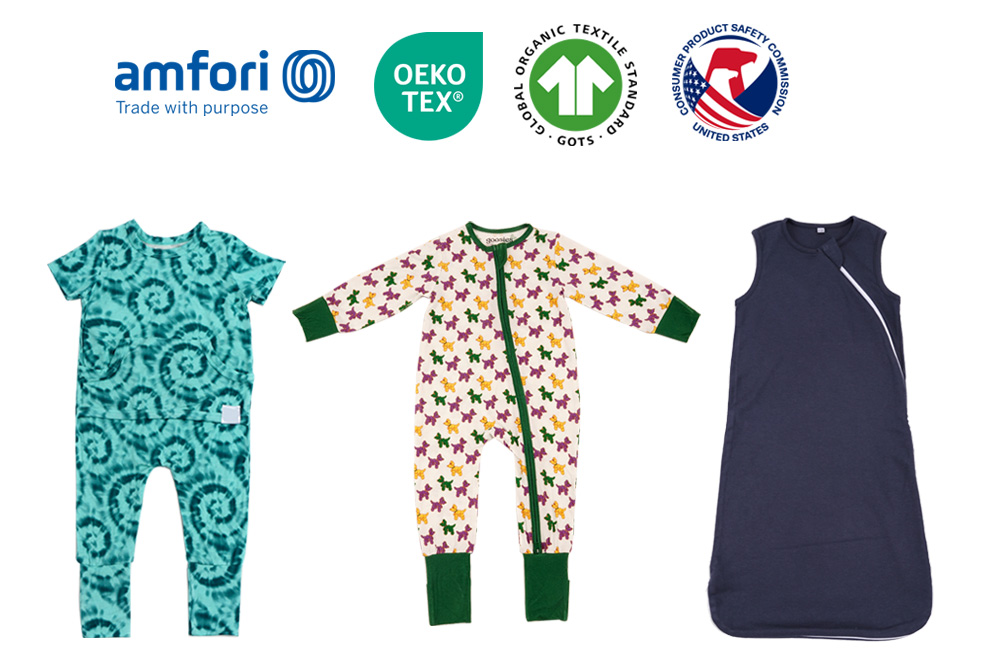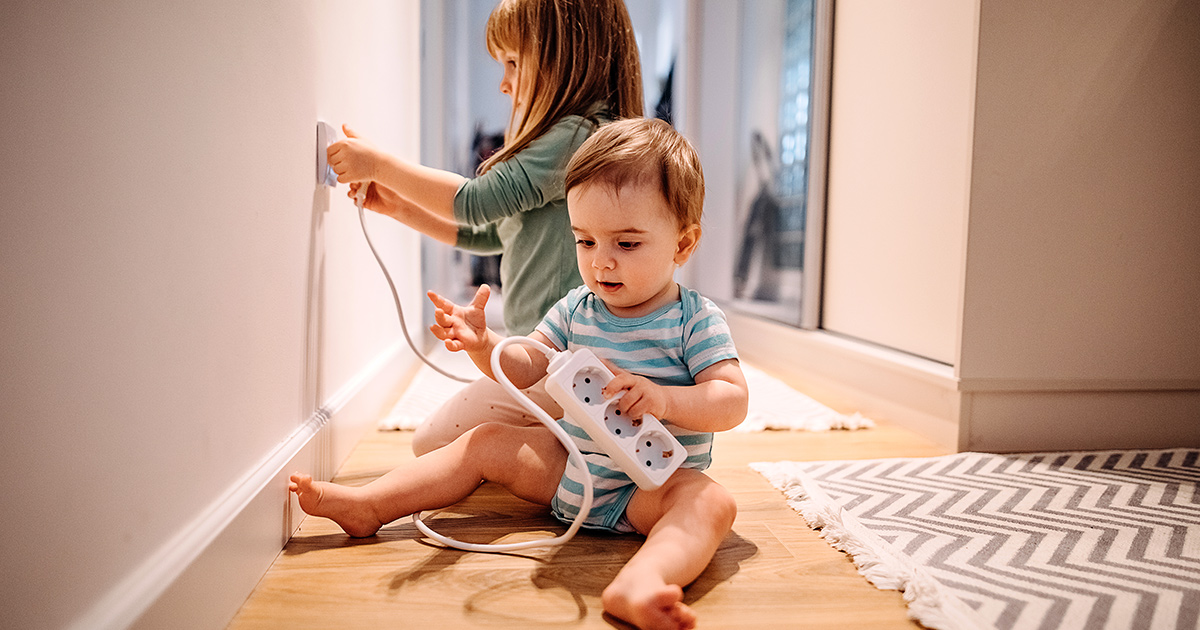Navigating baby gear shopping? Equip yourself with essential tips to ensure your choices meet safety standards, keeping your little one safe and stylish!
What’s going through your mind when shopping for your baby’s gear? Is it the adorable patterns, the tempting discounts, or perhaps the brand’s shiny marketing? For me, it’s less about aesthetics and more about safety. Every item I select for my little one has to meet high safety standards. You can never be too cautious when it comes to the well-being of your child. In this article, I’ll share how I navigate this sometimes overwhelming landscape of baby gear to ensure everything I choose is both stylish and safe.
Understanding Safety Standards
For the first-time parent—or even those who are seasoned pros—understanding safety standards can feel like learning a foreign language. Manufacturers often throw jargon around, making it tough to decipher what’s essential.
What Are Safety Standards?
Safety standards are guidelines set forth by various regulatory bodies to ensure that the products we buy, especially for babies, are safe for use. These standards cover a wide range of items, including cribs, car seats, strollers, and even toys.
Who Sets These Standards?
In the United States, organizations such as the Consumer Product Safety Commission (CPSC) and ASTM International (formerly known as the American Society for Testing and Materials) create and enforce safety standards. Each country has its own regulatory bodies, so it’s important to understand the framework that applies to your location.
Researching Products Before the Purchase
Have you ever pulled a product off the shelf, only to wonder if it’s truly safe? One way I ensure the gear I buy is food-grade, flame-resistant, and free from harmful chemicals is by doing my homework.
Look for Recalls
It always pays to check if a product has ever been recalled. I often find myself scrolling through the CPSC’s website or their social media channels to stay updated. In a world where information spreads faster than light, knowing about recalls helps me avoid dangerous items.
Read Reviews
Reviews are more than just star ratings; they’re a goldmine of information. By reading what other parents have experienced, I can gauge the reliability of a product. If multiple people report a safety issue, I know to steer clear.

This image is property of s3.us-west-1.amazonaws.com.
Certifications to Look For
Navigating through the sea of safety certifications can feel daunting. However, there are specific seals of approval that stand out, ensuring the gear has been rigorously tested.
JPMA Certification
The Juvenile Products Manufacturers Association (JPMA) is well-respected in the industry. A JPMA certification indicates that the product has met high safety standards. I always keep an eye out for this when shopping.
ASTM and CPSC Compliance
Products that comply with ASTM and CPSC safety standards have undergone rigorous testing. Knowing that the baby gear I choose is compliant gives me peace of mind.
EN Safety Norms
If you live in Europe, you should look for certifications such as the EN safety norms. These standards are similar to the JPMA and ensure products are free from hazards.
Purchasing from Reputable Brands
As they say, you get what you pay for. While it might be tempting to pick up a no-name brand for a fraction of the price, I learned early on that reputable brands have a track record for prioritizing safety.
Budget-Conscious Doesn’t Mean Cutting Corners
Trust me; I understand the struggle of trying to stay on a budget. But when it comes to baby gear, I often find that investing a little more upfront means I can rest easy knowing I’ve made a safe choice.
Look for Brand Transparency
I admire brands that are transparent about their manufacturing processes and safety testing. It reassures me that they care not just about making a sale, but about the well-being of our children.

This image is property of kajabi-storefronts-production.kajabi-cdn.com.
Second-Hand Gear
Am I the only one who finds incredible deals on second-hand baby gear? It happens. However, there are crucial factors I always consider before making a purchase.
When to Avoid Second-Hand Gear
While I love a good bargain, I steer clear of certain items second-hand. Cribs, car seats, and toys with small parts can pose immense risks. The key is knowing what to buy new and what may be safe to buy used.
Signs of Wear and Tear
If I do decide to pick up second-hand gear, I meticulously check for signs of wear and tear. Items cannot have broken parts, and they must function correctly. If they don’t look or feel safe, I walk away.
The Role of Labels and Instructions
Labels matter, and I cannot stress this enough. Reading them is as essential as the gear itself.
Manufacturer Information and Instructions
When I buy a product, I make a habit of reading the manufacturer’s information and instructions thoroughly. They typically contain safety tips, proper usage instructions, and even warnings that can be invaluable.
Weight Limits and Usage Guidelines
Each product comes with its own set of usage instructions, including weight limits and age recommendations. I always adhere to these guidelines to ensure that my baby is using gear that suits their current stage of development.

This image is property of babyclothingfactory.com.
Safety Considerations for Specific Gear
Let’s break down specific categories of baby gear and the safety standards associated with them, shall we?
Cribs
Choosing a crib is an important decision, and there are specific safety standards I follow.
- Slat Spacing: I always check that the spacing between the slats is no more than 2 3/8 inches. This prevents my little one from getting stuck.
- Drop-Sides: I avoid drop-side cribs entirely, as these have been linked to safety issues.
Car Seats
When it comes to car seats, I wouldn’t settle for anything less than top-notch safety.
- Rear-Facing: Keeping my baby in a rear-facing car seat for as long as possible is crucial. I follow the recommendations from safety organizations that suggest keeping them rear-facing until at least age two or until they reach the maximum height and weight limit for the seat.
- Expiration Dates: I make it a habit to note the expiration date on car seats, as they do have a shelf life.
Strollers
I enjoy picking out strollers that fit my lifestyle, but safety is at the forefront of my criteria.
- Brakes: I always check if the stroller has a reliable braking system. If it rolls when I don’t want it to, that’s a hard pass for me.
- Harness Systems: I make sure that the stroller has a five-point harness system, ensuring my baby is securely strapped in.
Toys
Toys are supposed to be fun and delightful, but I pay close attention to their safety as well.
- Choking Hazards: I avoid any toys with small parts that could present choking hazards, especially for my inquisitive little one who loves to put things in their mouth.
- Age Recommendations: Following age recommendations is critical. What works for toddlers may not be suitable for infants.
Ongoing Safety Checks
Just because I’ve made a purchase doesn’t mean my job is done. Regular safety checks on all gear should become part of my routine.
Inspecting Gear Regularly
I have a mental calendar for checking gear. I inspect strollers, cribs, toys, and any other equipment to make sure they’re still safe for use, especially after any changes or noticeable wear.
Watch for Recalls
My vigilance continues beyond the purchase. I subscribe to updates from the CPSC to ensure the gear I currently use hasn’t been recalled.

This image is property of www.araglegal.com.
Culture of Safety Awareness
Creating a culture of safety awareness in your home is key to ensuring your child’s well-being.
Educating Others
I often find myself in conversations with family and friends about safety standards. If I can pass on a little knowledge, I feel like I’m contributing to a safer environment for all babies.
Setting the Example
Children learn from what they see. I make it a point to exhibit safe practices, from properly buckling my child in their car seat to displaying caution with toys. It’s little things that add up in teaching the importance of safety.
Conclusion
In the end, ensuring my baby’s gear meets safety standards is about diligence and awareness. From understanding safety certifications to engaging in informed conversations about second-hand items, I’ve cultivated a keen eye for what makes a quality purchase. While I can’t guarantee that I’ll never face a challenge as a parent, I take solace in knowing that when it comes to baby gear, safety is my foremost priority. By embracing the task of careful research and ongoing vigilance, I feel empowered to offer my child a safe, nurturing environment—one safety-approved item at a time.

This image is property of ergonomic-baby-carriers.com.
